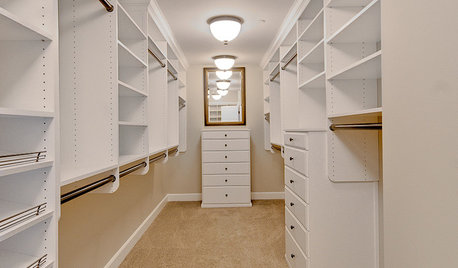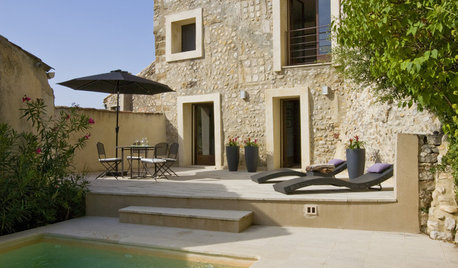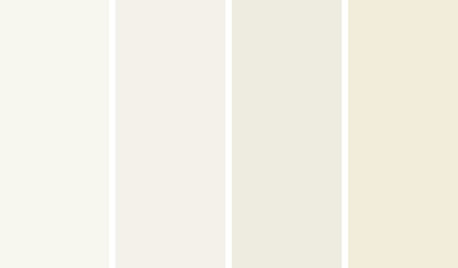Mel's Mix - The First Year
ccaggiano
16 years ago
Related Stories

KITCHEN DESIGNGet Ideas From This Year’s Top 20 Kitchen Tours
Smart storage, functionality for cooks and families, vintage touches and lots of personality mark your favorites of 2015
Full Story
MORE ROOMS12 Ways to Get More Out of Your Closet This Year
First clear it out, then fill it up again using some of these organizing tricks for your walk-in closet
Full Story
MODERN HOMESHouzz Tour: 800-Year-Old Walls, Modern Interiors in Provence
Old architecture and new additions mix beautifully in a luxurious renovated vacation home
Full Story
HOMES AROUND THE WORLDHouzz Tour: Personal Warmth in a 90-Year-Old Swedish Villa
A family outfits its 1926 seaside home with a mix of modern and traditional furnishings and a clear vision of home as sanctuary
Full Story
COLORColors of the Year: Look Back and Ahead for New Color Inspiration
See which color trends from 2014 are sticking, which ones struck out and which colors we’ll be watching for next year
Full Story
HOUZZ TOURSMy Houzz: An Artistic Life Fills a 150-Year-Old Home
A gorgeous courtyard, eclectic style and original details shine in a Paris-born artist's beachside rental
Full Story
GARDENING GUIDESGreat Design Plant: Snowberry Pleases Year-Round
Bright spring foliage, pretty summer flowers, white berries in winter ... Symphoricarpos albus is a sight to behold in every season
Full Story
DECORATING GUIDESTangerine Tango: 4 Ways to Use Pantone's Color of the Year
Don't let this bold hue scare you — try warming up any room with this cheerful red-orange color of 2012
Full Story
COLORColor of the Year: Off-White Is On Trend for 2016
See why four paint brands have chosen a shade of white as their hot hue for the new year
Full Story
COLORHow to Use Marsala, Pantone’s 2015 Color of the Year
Pantone digs deep and goes earthy with its selection. Here are ways to make it work in your home
Full StorySponsored






veganmom30
Ray Scheel
Related Professionals
Summit Landscape Architects & Landscape Designers · Peabody Landscape Contractors · Woburn Landscape Contractors · Alamo Landscape Contractors · Brandon Landscape Contractors · Fort Worth Landscape Contractors · Fountain Valley Landscape Contractors · Fruit Heights Landscape Contractors · Gresham Landscape Contractors · Quincy Landscape Contractors · Grandview Fence Contractors · Saginaw Fence Contractors · Walnut Fence Contractors · Wauconda Fence Contractors · Castaic Fence Contractorsjustaguy2
soleado
justaguy2
soleado
magnolias4ever
sinfonian
justaguy2
amy_d-r
standstall